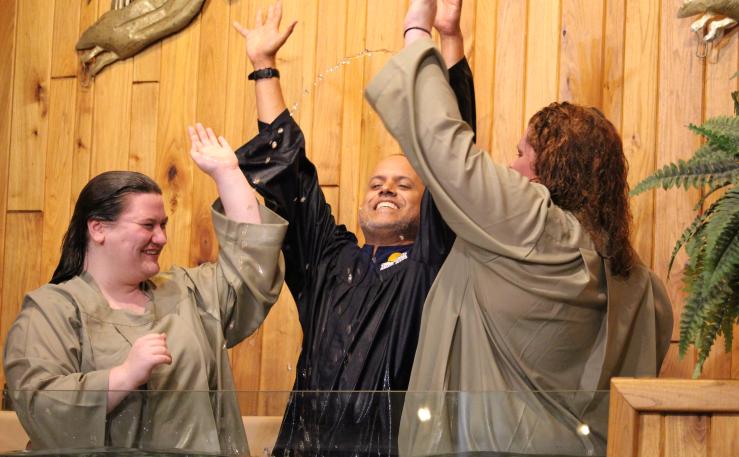Story by Elena Cornwell / Cover Image by iStock Photography
It’s a debate that seems to continue to crescendo since the first accidental discovery of saccharin by Constantine Fahlberg in 1879. Since then most would agree that the fascination and need for sweet foods has become a national problem.
And, although it appears that the addictive and health-related issues induced by sugar has only recently received more national attention, Ellen G. White counseled on that very topic before many even knew it was a problem. In Counsels on Diets and Foods, White admonished, “Sugar clogs the system. It hinders the working of the living machine” (p. 327).
Now her words ring true more than ever, but there is a new player in the sweets aisle—non-nutritive sweeteners—that requires some attention. The American Heart Association describes non-nutritive sweeteners as sweeteners that offer no nutritional benefits, like vitamins and minerals. They also contain low amounts or no calories at all. They are often used to replace sugar because of their low caloric levels.
Three professionals in fields of health across the Columbia Union weigh in on different types of non-nutritive sweeteners and compare them to natural sugar. Understanding how non-nutritive sweeteners affect the body is important to properly manage your diet, they say:







 Unbeknownst to her, Columbia Union Conference leaders had hatched a similar idea and were also planning to launch an evangelism school. Eventually, the plans coalesced. “After completing my doctoral program, I thought, ‘Well, that’s the only piece that hasn’t been completed,’” VinCross recalls. Then one day, the union called to discuss a collaboration, and together in 2013 they formed a task force.
Unbeknownst to her, Columbia Union Conference leaders had hatched a similar idea and were also planning to launch an evangelism school. Eventually, the plans coalesced. “After completing my doctoral program, I thought, ‘Well, that’s the only piece that hasn’t been completed,’” VinCross recalls. Then one day, the union called to discuss a collaboration, and together in 2013 they formed a task force.